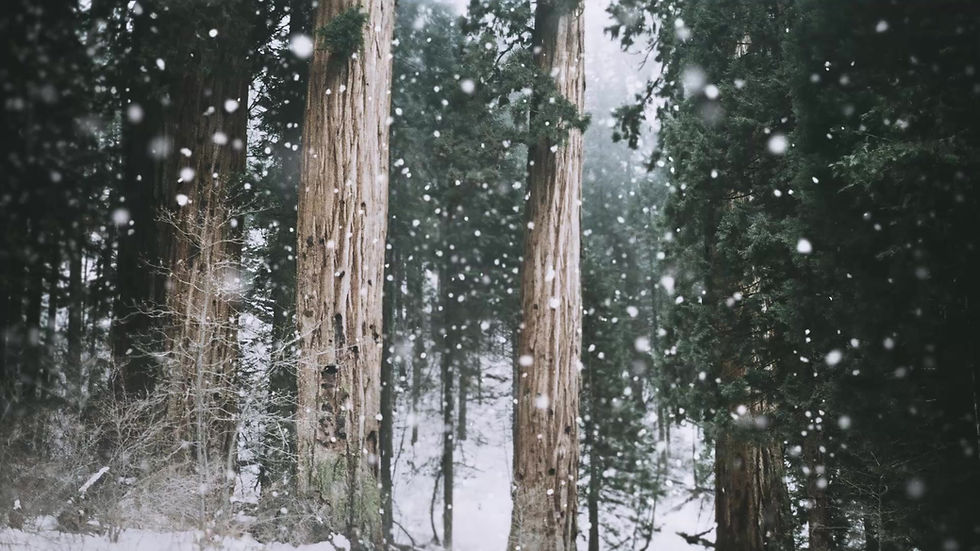YohoY is a headless being.
From its round navel breaths tranquil and profound.
And with its beloved heart
contemplates all with love.
Very old the puppet is and
with crochet its done.
Its got a nice mark-up
stiching is like meditating
something happens in the mind.
The brain in total calm
concentrated on the seam,
toughts there they are,
some come and others go,
but with no lethal attach.
Proof your patience, you
can start with a button.
It takes time for a change,
you will have a reward
its like climbing a range.
For this reasons and more,
getting together to sew
it will be done, here and
there one stitch at a time
I will also do mine.



yo Soy
YohoY

Gaze from your heart
and breathe from the gut
yo Soy
YohoY
yo Soy
YohoY
Headless exercise
Like knitting, with your chin tucked into your chest.

The Headless Way by Douglas Harding

Try a cold shower every day, the Wim Hof Method.
Standing Meditation
(Zhan Zhaung)

Yo Soy
A thread sustains as from a remote galaxy at the end of the universe.
Inner smile
Chin slightly in,
so our cervicals straighten.
Sunk chest.
Soft knees,
flexible.
Shoulders relaxed.
Straight back, relaxed.
Natural position.
Seat on your hips.
root yourself and breath
YohoY
Las Meninas de Tebas
Hesycasm

Velázquez painted Saint Anthony the Great, founder of the first Christian monastic order, and Saint Paul, the first hermit. These early Christians were known as the fathers and mothers of the desert. They were looking for the Hesychia, the inner stillness to reach the mystical union with God. They repeated non-stop, like a mantra, the "Prayer of the Heart" with the rhythm of their breath and tucked their chin to their chest to lower their head into the heart, the intention was to see from the heart. This they did in meditative stillness and usually standing up. Abba Besarion, a disciple of Saint Anthony, once surrounded himself with brambles and cacti so as not to stop meditating for 14 days and nights, after that he never lay down again. Weaving was the main activity for the rest of the day for these ascetics, which is just another chin-to-chest meditative practice. This is how they acquired Nepsis, known as "watchfulness" very similar to mindfulness, the state of sobriety necessary to reach catharsis. As Saint Hesychios of Alexandria points out; "a continuous fixation and arrest of thought at the entrance of the heart". These fathers and mothers of the desert also have to face inclement weather, extreme heat during the day, with a very dry desert climate, so at night the heat dissipates quickly and the nights are very cold. That is why they are represented with long hair and even hair all over their bodies, in the image we have Mary Magdalene and Saint Onuphrius, who was from Nubia, although he was never depicted black. In the center, a Byzantine scene of the capture of some blemyaes, which according to Pliny the Elder in his Natural History were Nubians, of which Velázquez had two copies. Hesychasm in the XIV century, due to its strange yogic practices and the desire for "enlightenment", had important controversies that Gregory of Palamás took to defend by speaking of the uncreated energies of God, with which the human being could participate, although not of The Essence, since it is ineffable. The example he used was the Transfiguration of Christ in Mount Thabor.